Those who know how to cook go to the vegetable market: they want to buy everything they see! Buy, buy, buy, buy!
After I got home, I filled up the refrigerator and kept it ugly. The point is that after a few days, the ingredients are half-broken…
In fact, many people have a big misunderstanding of refrigerators. Refrigerators are not safes. Putting ingredients in is not foolproof.
Wrong preservation methods can not only extend the preservation time of ingredients but may also directly advance its “dead period”…
Different ingredients have different “spleen”, we have to choose the appropriate preservation method and preservation environment according to their “spleen”.
(1) Why does food rot?
If you want to keep food fresh, you must first understand the reasons for food spoilage and rot.
Generally speaking, there are four main reasons.
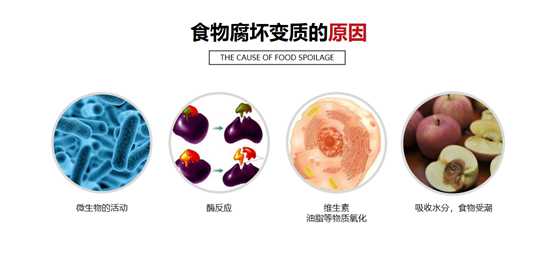
1. It is caused by microorganisms.
In the process of production, processing, transportation, and storage, food may be contaminated by ubiquitous microorganisms in the environment. The growth and reproduction of microorganisms can decompose nutrients in food, and finally decompose protein in food into peptides and organic acids, resulting in ammonia odor and sour taste. At this time, the food also loses its original toughness and elasticity and makes the color abnormal.
2. Is the role of enzymes.
Foods often contain lipases, proteases, amylases, polyphenol oxidases, and peroxidases. The effects of these enzymes will accelerate the metabolism of foods and promote the gradual deterioration of foods. The daily rancidity of rice and fruit rot is the fermentation caused by the decomposition of carbohydrates by enzymes.
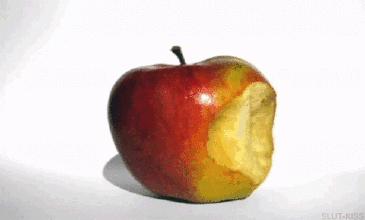
3. Is the chemical reaction of food.
Many fats and oils in food have unsaturated bonds in their molecular formulas. These bonds are very unstable and are easily oxidized, resulting in a series of chemical reactions. The oxidized fats have a strange smell, such as fat turning from white to yellow. For fruits and vegetables, vitamin C and natural pigments (such as tomato pigments, etc.) will also be oxidized, which will reduce the quality of the fruit and even deteriorate.
4. Moisture.
Dry foods can easily absorb moisture in the air and become damp, resulting in poor taste, and even mold and mildew on the food. Spoiled food not only changes its appearance, loses the original food’s color, aroma, and taste quality, and its nutritional value is reduced, but it also contains corresponding toxins that endanger human health.
Therefore, food preservation can start from these points. Simply put, it is to destroy the living conditions of microorganisms, avoid exposure to food materials in the air, reduce enzyme activity, and prevent food from oxidation and moisture.
(2) Common fresh-keeping methods and principles
Under normal circumstances, we will use the following 4 more commonly used methods.
1. Cryopreservation
Within a certain period of time, cryopreservation can inhibit the activity of microorganisms and enzymes in food and slow down food spoilage. Low-temperature storage can be divided into two methods: refrigeration and freezing, and refrigerators are generally used.
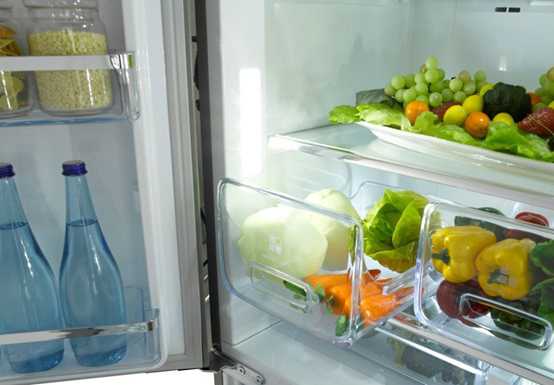
2. Vacuum storage
It is also called decompression packaging, which is to extract all the air in the packaging container and seal it to maintain a high degree of decompression in the bag. The scarcity of air is equivalent to the effect of low oxygen so that most microorganisms have no living conditions. At the same time, it also isolates the contact of bacteria from the outside world to extend the preservation period of food.
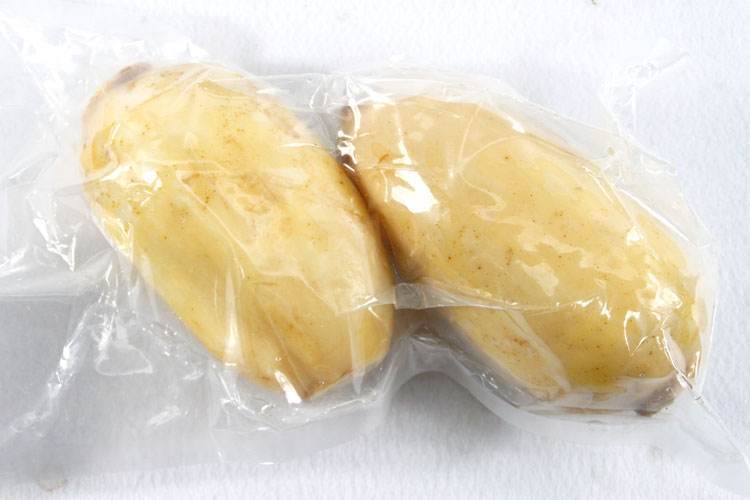
3. Dehydration and drying
Dehydration drying refers to reducing the moisture content of foods, inhibiting the growth of spoilage microorganisms, and keeping foods at room temperature for long periods of time through methods such as sun drying, drying in the shade, drying, and smoking. Dried sweet potatoes, dried beans, dried chilies, bacon, and dried intestines are all applications of dehydration and drying.
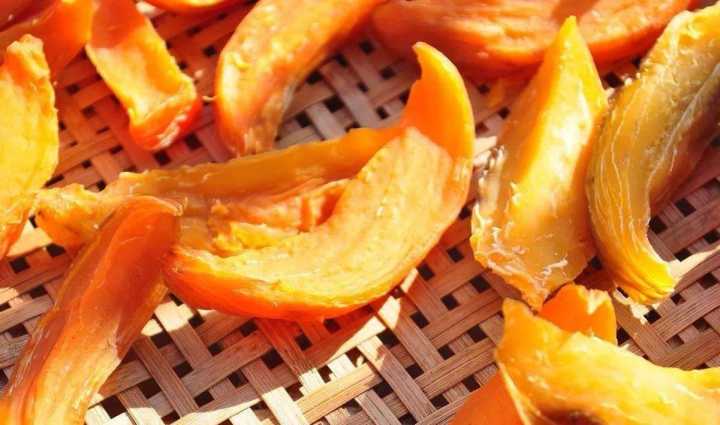
4. Chemical preservation
Chemical preservation mainly includes sugar, salt, and vinegar. Generally, the salt concentration reaches 10%, which can inhibit most of the microorganisms but cannot kill the microorganisms. The sugar content of candied food must reach 60%-65%. This kind of food should also be stored in a sealed and moisture-proof condition, otherwise, it is easy to absorb water and reduce the anti-corrosion effect. Common salted fish, bacon, pickled vegetables, preserved fruits, preserves, etc. Vinegar can increase the hydrogen ion concentration and is mostly used in various vegetables, such as kimchi and pickled cabbage.
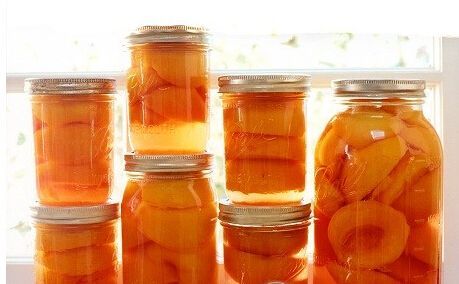
(3) Common preservation tools
An orderly refrigerator requires some additional aids. Let’s take a look at the common preservation tools!
Under normal circumstances, the tools you will use are: plastic wrap
1. What is plastic wrap:
The cling film is a thin plastic film. Its principle of preservation is mainly to isolate the food from the surrounding links of the food. There are three main functions of cling film: one is to prevent the loss of food moisture; the other is to reduce the mutual odor of food and bacterial contamination in the air; the third is to reduce the contact between food and the outside air, delay the oxidation of fruits and vegetables, and extend the storage time.
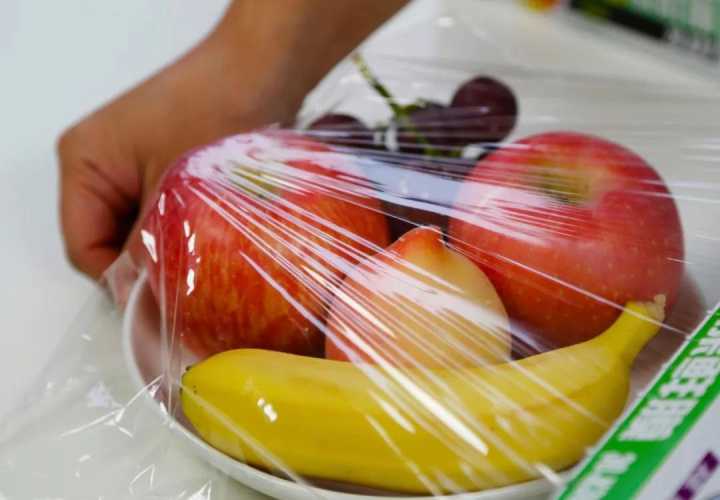
Polyethylene (PE): no plasticizer. It has excellent low-temperature resistance (minimum use temperature can reach -100~-70°C), good chemical stability, and can withstand most acids and alkalis (not resistant to oxidizing acids). But the stretchability and viscosity are not as good as PVC.
Polyvinyl chloride (PVC): good stretchability, softness, and good viscosity, but may contain plasticizers, antioxidants, etc. The plasticizers of daily PVC are mainly dibutyl terephthalate, dioctyl phthalate, etc. These chemicals are all toxic, and lead stearate, the antioxidant of polyvinyl chloride, is also toxic. Therefore, when using PVC, pay attention to avoiding contact between PVC and oily food, and avoiding microwave heating and heating, which may cause the toxic substances in PVC to precipitate. But if it is only used for refrigeration, it can be used with confidence.
Polyvinylidene chloride (PVDC): no plasticizer. It has an excellent ability to block water vapor, oxygen, odor, and fragrance, and is recognized as a plastic packaging material with better comprehensive performance in terms of barrier properties. The disadvantage is that the price is higher.
2. Precautions for the use of plastic wrap:
(1)Qualified plastic wrap products on the market are themselves safe and sterile, but when we use them, we must pay attention to avoid external bacterial contamination. Clean your hands and kitchen utensils (such as knives for cutting melons, cutting boards for placing food, etc.) in advance.
(2)The cling film can only isolate the food from the environment and does not inhibit the growth of bacteria, so after the food is wrapped in the cling film, remember to store it in the refrigerator or freeze it.
(3)For the preservation of fruits and vegetables, you can choose any kind of plastic wrap. However, if heating or microwave heating is required, a plastic wrap that is clearly marked with high-temperature resistance and microwave heating is required.
3. The specific usage of cling film
Such as banana, mango, lychee, etc.
For bananas with handles, you can tightly wrap the banana head with plastic wrap, which can slow down its rapid blackening and rot.
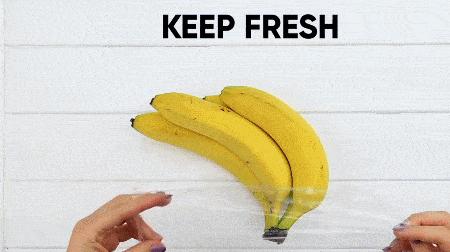
Like lychees and longan, you can cut off the branches, put them in a fresh-keeping bag, tie the mouth of the bag tightly and place it in a cool place.
Principle: Most tropical fruits are not tolerant to low temperatures and are not suitable for refrigeration. Otherwise, they are prone to chilling damage, the peel is sunken, some dark brown spots appear, and the nutrients are also destroyed, leading to deterioration.
Learning to keep food fresh can not only save money but also be responsible for the vegetables you buy so that you don’t waste food! Moreover, a neat refrigerator and a systematic storage method are also the embodiment of a refined lifestyle. Things are small, but if done well, it will bring a lot of sense of accomplishment!
